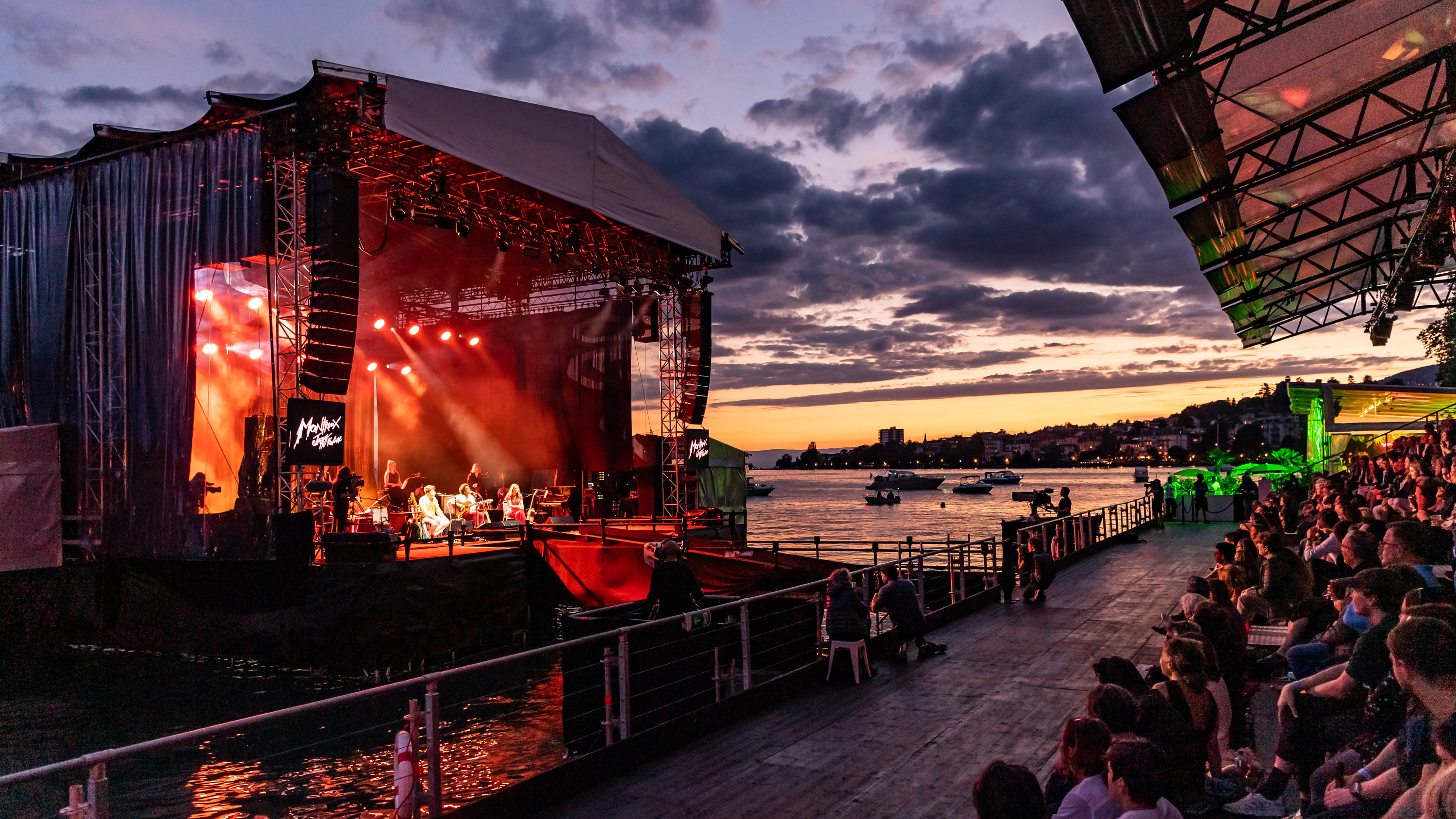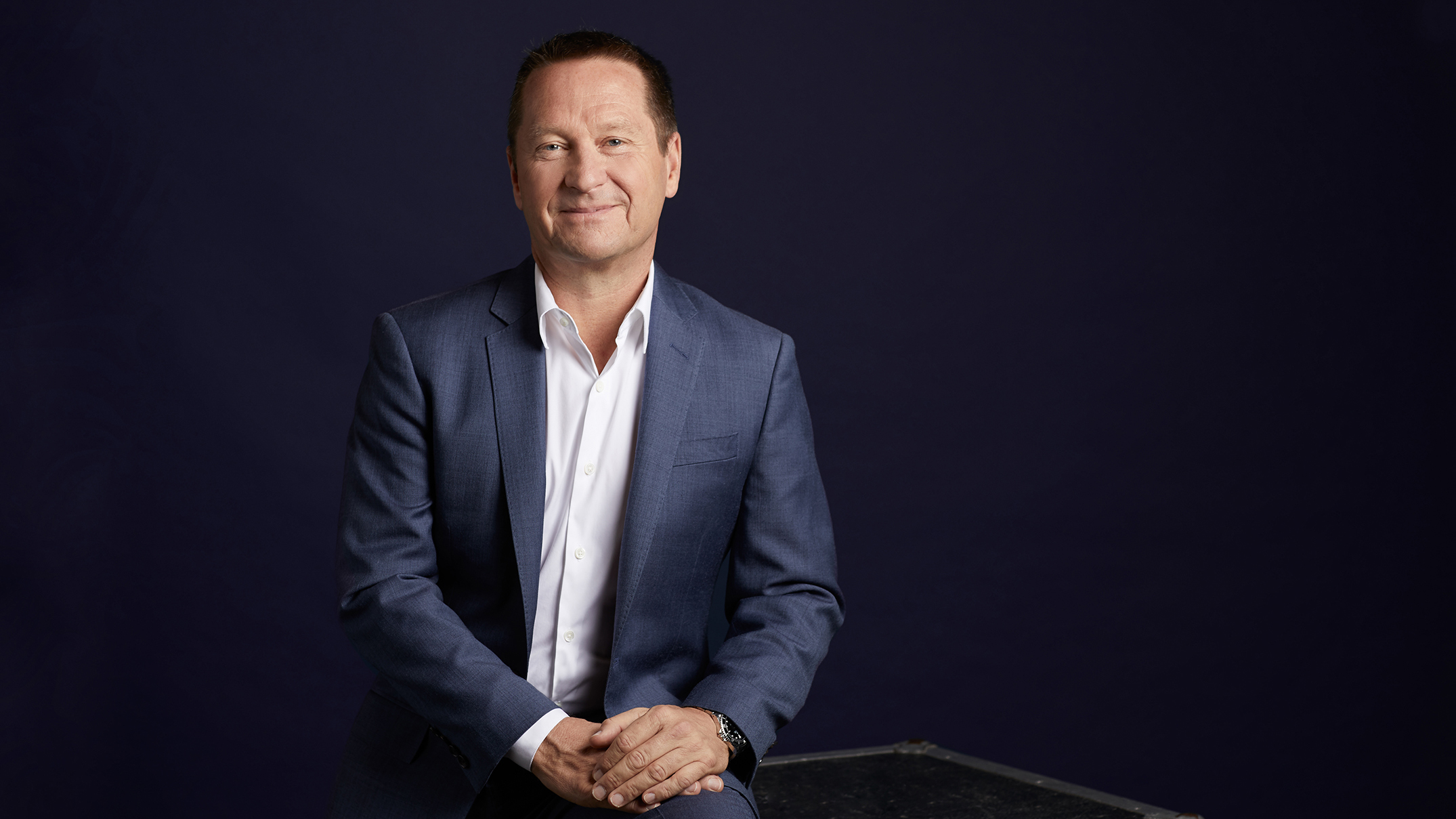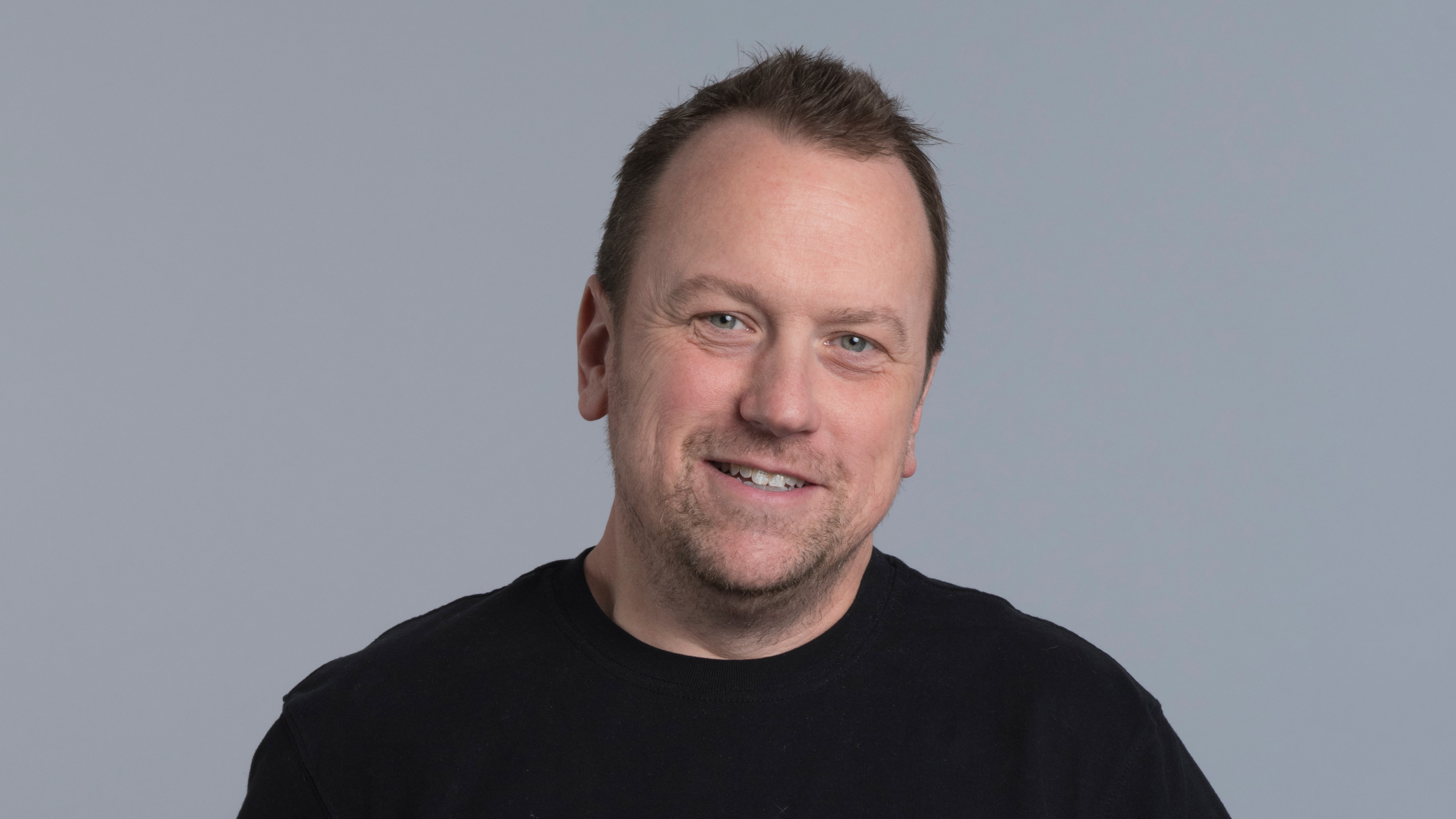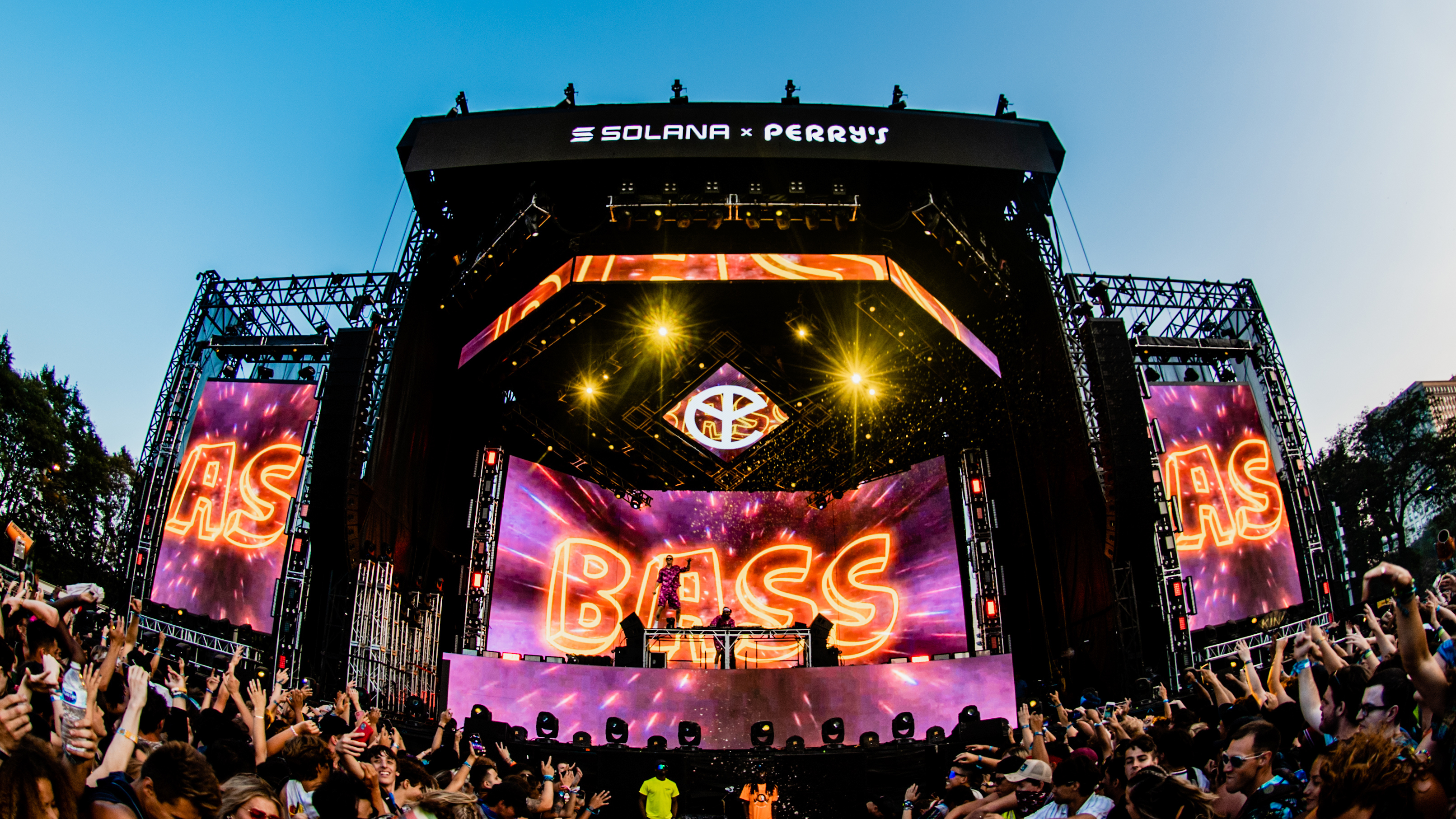While the 2021 global music festival season arrived later than many hoped, sound companies and audio integrators got a look at what to expect going forward when Lollapalooza drew an estimated 100,000 concertgoers to Chicago’s Grant Park on the last weekend of July.
Organizers say nearly 90 percent of attendees showed proof of vaccination prior to entry, while others provided proof of a negative COVID-19 test taken within 72 hours of their entry to the event. Still, with the highly contagious delta variant of the coronavirus sparking a surge of infections in the United States, the four-day festival had to pivot midway in response to new guidelines from the Chicago Department of Health advising people to wear masks in indoor spaces, regardless of vaccination status.
Festival organizers complied with the directive, and staff and attendees masked up in the merchandise shop and help tents. Crew members were required to wear masks, too, when working in enclosed areas. All of which is to say, 18 months into the COVID-19 pandemic, audio professionals returning to the job for festival season are having to figure out how to handle pandemic safety precautions in real time.
“Health guidelines vary from country to country, state to state, and city to city, so this can be challenging in terms of on-site logistics,” said Michael Maxson, director of strategic applications at Meyer Sound. “We have seen the entire event ecosystem working creatively to prioritize the health and safety of crews, artists, and fans alike.”

Josh Osmond, director of operations at Bay Area-based UltraSound, said that local promoters have begun to implement protocols for venues that include requiring proof of vaccination or a negative COVID test within 72 hours of an event. One of the nation’s largest festivals put on by Another Planet Entertainment, Outside Lands, which will feature Lizzo, The Strokes, and Tame Impala as well as main stage audio provided by UltraSound on Halloween weekend in San Francisco’s Golden Gate Park, has also implemented these protocols in order to provide a safe environment for all festival attendees.
“COVID has affected every state and region of the country differently, so everyone has had different protocols or different levels of how they’re going about handling that kind of stuff,” said Osmond, echoing Maxson.
Festival headliners may have more influence over the backstage and onstage safety precautions than organizers or hired crews, added Osmond. “I think that a lot of what you’ll see when it comes to festivals is that any headliner at a festival, if they have a specific COVID protocol, they will probably be able to implement it on that given day across the board,” he said. “On top of that, I think you’re going to see a lot more sanitary stations and more hand-washing stations backstage. You’ll probably see stations where you can get a free mask and free gloves.”
Add the uncertainty about when and where COVID outbreaks will occur to the lack of a consensus among states and regions as to what constitutes a proper pandemic response, and festival organizers are stuck between putting bands and crews to work and avoiding becoming responsible for creating a super-spreader event. For now, these standard precautions—requiring masks and showing proof of vaccinations or negative COVID tests—form the core of the safety measures that are enabling the shows to go on.

“If you can’t keep your people safe, you can’t work, so there’s lots and lots of work that has been going on with that, but it is difficult,” said Mickey Curbishley, president of the live production group at Solotech. “The obvious way to protect yourself is to protect your breathing space, but also to keep a distance, and having to do that at a festival, you can’t control the audience. But the crew—regardless of what happens, you’re going to be on top of each other, and you’ve got to load trucks together. Maybe you’ve got four people in a truck instead of six or eight, but you’re still in a truck and you’re working, sweating, breathing heavily. The good thing about it is most of the work is outdoors.”
Some festivals have reimagined their events to reduce the chance of COVID transmission among staff and festivalgoers, Maxson noted. At Lake Geneva in Switzerland, the Montreux Jazz Festival—which traditionally hosts a mix of indoor and outdoor events—moved proceedings onto a lake stage this year for a socially distanced and completely outdoor experience.
“Other large-scale outdoor festivals such as Outside Lands moved the date from August until October in hopes of a safer environment in the fall,” he added. “Some summer tours and festivals pushed their dates closer to the fall season in the northern hemisphere, jamming calendars for September and October, or they just pushed until 2022,” when they hope the level of COVID-19 infections will be lower.
Among the major U.S. festivals scratching this year is the New Orleans Jazz & Heritage Festival (Jazz Fest), which had postponed from its usual April dates to October but announced the cancellation of 2021’s edition in mid August.

Across the Atlantic in England, where the cancellation of the Glastonbury Festival caused many in the industry to doubt there would even be a 2021 festival season, the sold-out Reading and Leeds festivals went down as scheduled in August. The Life Is Beautiful festival in Las Vegas is still scheduled to take place this month.
Bonnaroo, which was to have taken place in September, was cancelled—not because of COVID concerns but due to flooding from Hurricane Ida, which blew through Tennessee at the end of August.
“The reason festivals are so significant is because you can do a festival in a bubble, to some extent. You can’t do a tour that way,” said Curbishley. “With tours, you’re playing in front of 20,000 different people every night, and you’re getting on buses and traveling to different towns, staying in different hotels. You can work from a backstage bubble, but you’re still mixing with 60 local crew members on the stage. That kind of thing is tough to manage. Festivals, we’re hoping, will be easier to police.”
Audio crews will likely play a direct role in some forms of protection, particularly in keeping shared equipment sanitized, said Osmond. “We clean the microphones more often now,” he said. “If the equipment is being shared by multiple groups, they’re going to have to have a sanitary supervisor [who ensures that] mics come off stage and get sanitized and wiped down before they get put on for the next band.”

UltraSound typically provides up to a three-band microphone complement per stage for festival gigs, he noted, so at any given time there is one set of microphones in use, another set of microphones in staging, and a third set that has just come off the stage.
“There’s time to do it. I think that’s one of the things that will start to happen to more often, finding ways to keep the shared equipment more sanitary,” concluded Osmond. “And you may see more bands traveling with their own microphones and things along those lines, just to make sure that what they’re using is what they always use.”
Click here to read more stories from the September 2021 issue of SCN.
